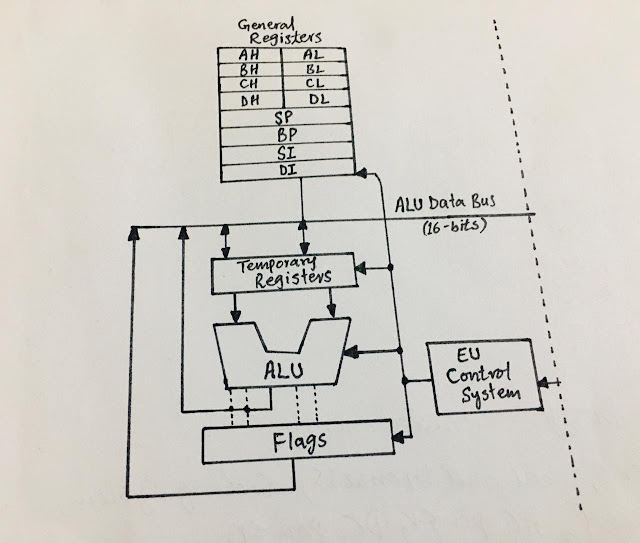ARM Architecture Intel, Apple, | it's applications and Generations.
ARM Architecture, It’s Generations and Applications:
Introduction:
In our previous content, we have described the Embedded system which is an integrated system combined with hardware and software. The hardware
is the embedded development board which can be divided into five modules which
are processor, memory, input devices, output devices, and Bus controllers. Among
them, the processor is the core component.
Here the ARM architecture we are describing is actually a Processor architecture. ARM (stylized in lower case as an arm, previously was an acronym for Advanced RISC Machines and originally Acorn RISC machine) is a family of reduced instruction set computing (RISC) architectures for computer processors, configured for various environments.
ARM Ltd. Develops the architecture and licenses it to other companies
who design their own products that implement one of those architectures
including system-on-chips (SoC) and system-on-modules (SoM) that incorporate
different components such as memory, interfaces, and radios. It also designs
cores that implement this instruction set and license these designs to a number of companies that incorporate that core designs into their own products.
ARM Ltd. (stylized as an arm) is a British
semiconductor and software design company based in Cambridge, England. Its primary
business is in the design of ARM processors (CPUs) although it also designs
other chips and software development tools.
Generations of ARM Architecture:
There are several different generations of ARM. The original
ARM 1 used as a 32-bit internal structure but had a 26-bit address space that
limited it to 64MB of main memory.
This limitation was later finished in the ARMv3 series,
which has a 32-bit address space and several additional generations up to ARMv7
remained 32-bit. Later in 2011, the ARMv8A architecture released and added
support for 64-bit address space and 64-bit arithmetic with its new 32-bit
fixed-length instruction set.
ARM Ltd. Has also released a series of additional
instruction sets for different rules; the “Thumb” extension adds both 32-bit
and 16-bit instructions for directly handling Java bytecodes, and more
recently, JavaScript. More recent changes include the addition of simultaneous
multithreading (SMT) for improved performance of fault tolerance.
Applications of ARM Architecture:
Due to their low costs, minimal power consumption, and lower
heat generation than their competitors, ARM processors are desirable for light,
portable, battery-powered devices including smartphones, laptops, and tablet
computers, as well as other embedded systems.
However, ARM processors are also used for desktops and
servers including the world’s fastest supercomputer. With over 180 billion ARM
chips produced, as of 2021, ARM is the most widely used instruction set
architecture (ISA), and the ISA produced in the largest quantity. Currently, the
widely used Cortex cores, older “classic” cores, and specialized SecurCore cores
variants are available for each of these to include or exclude optional
capabilities.
Why choose ARM Architecture?
On the corporation website, ARM gives two reasons for
choosing ARM architecture. One is that “the most successful Architecture
for the digital world”. The ARM architecture is the keystone of the world’s
largest compute ecosystem. It enables our partners to build their products in
an efficient, affordable, and secure way. ARM’s proven track record of
delivering world-class architecture designs is reflected in the success of this
diverse and ever-evolving ecosystem.
ARM’s architecture specifications are licensed by partners, who create compliant silicon chips based on them. With more than 125 billion devices containing ARM-based chips, our architecture empowers innovation in multiple markets enabling partner innovation.
The other is that “the foundation for Possible”. ARM
architecture specifies a set of rules that dictate how the hardware works when
a particular instruction is executed. It is a contract between the hardware and
the software, defining how they interact with one another.
When software is written to conform to ARM specifications,
any ARM-based processor or chipset will execute it in the same way. This is the
foundation of the portability and compatibility promise, underlying the ARMecosystem. Our architecture is consistent, compatible and it delivers.
ARMS system and security Architectures provide standardization
and best practice guidance, enabling the ecosystem to reduce cost and
accelerate time to market when designing systems.
Through sustained collaboration with our partners, our next
generation of architecture will enable designs that push the boundaries of
compute.




Comments
Post a Comment
if you have any doubt, please let me know.